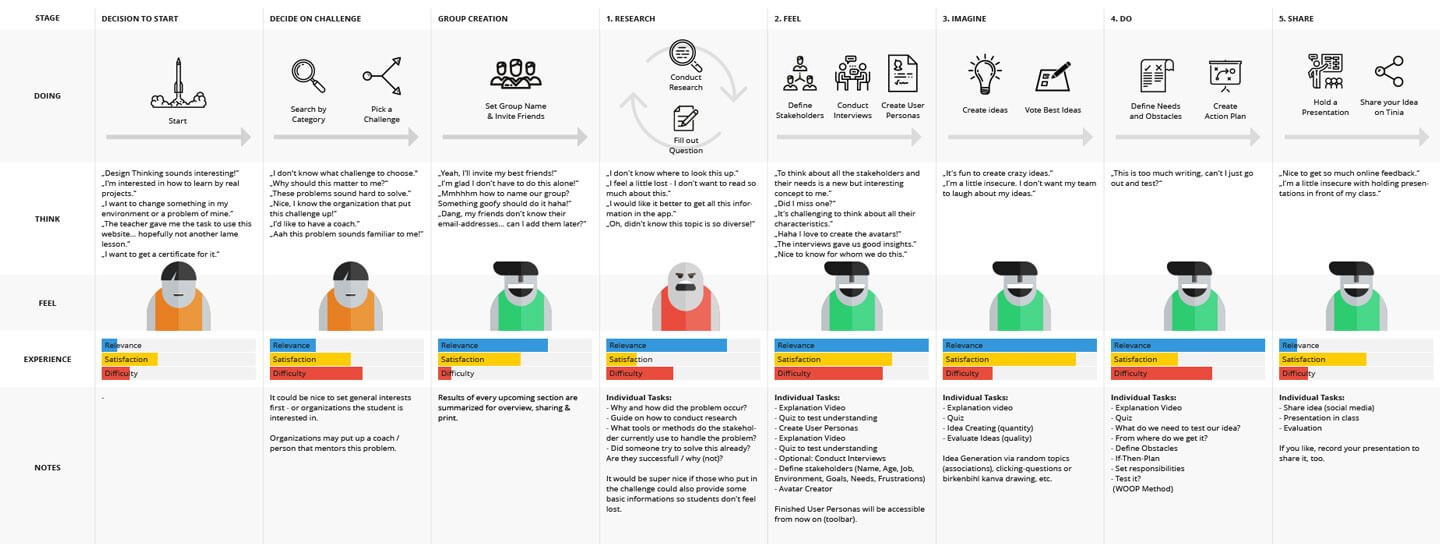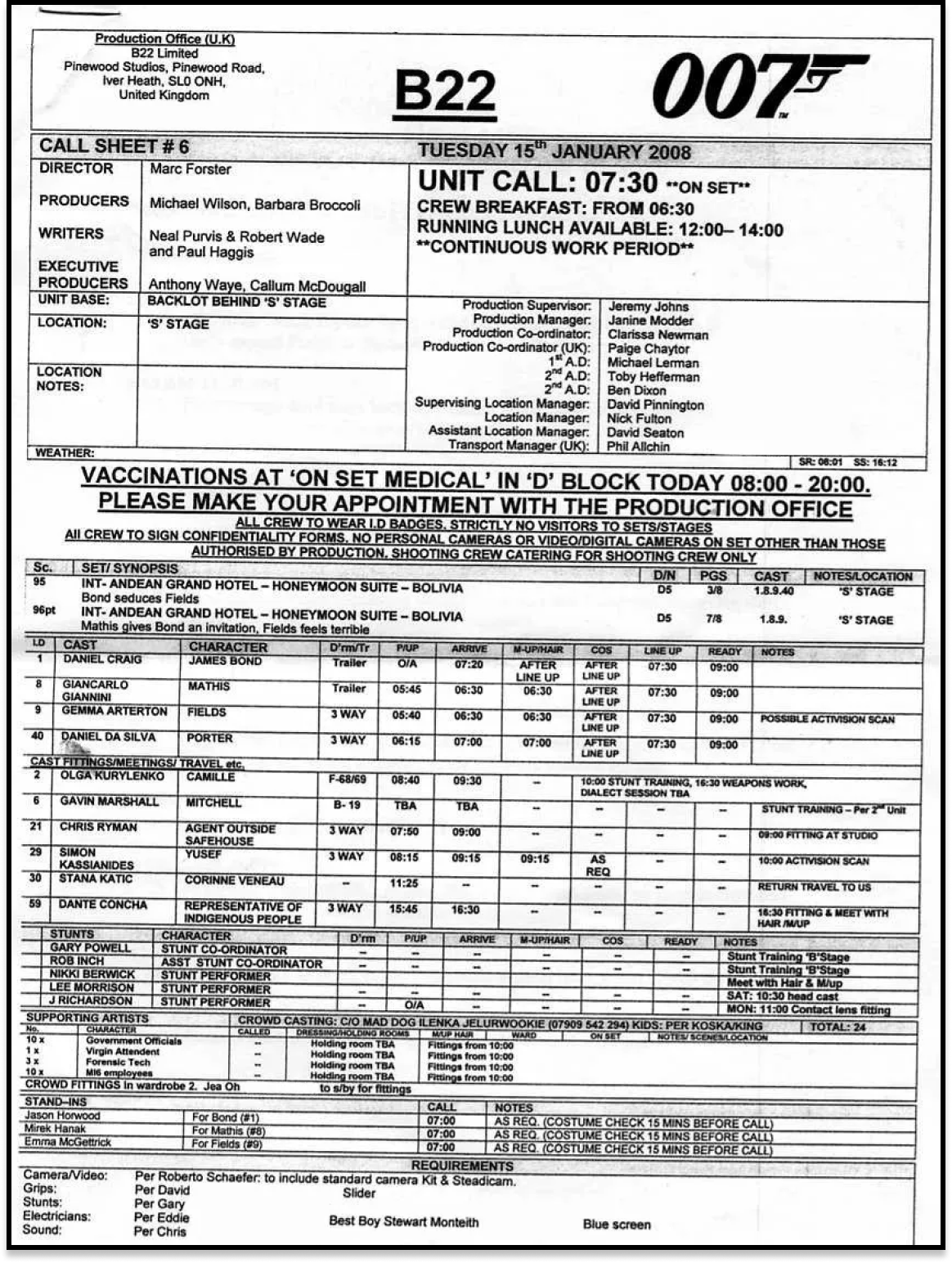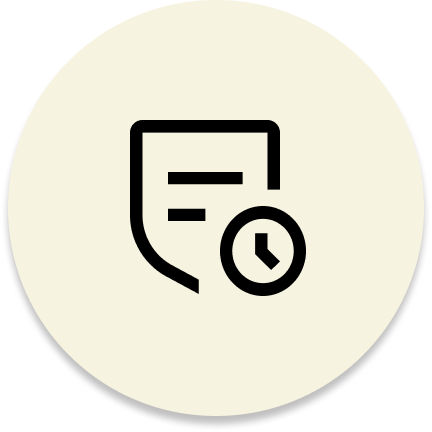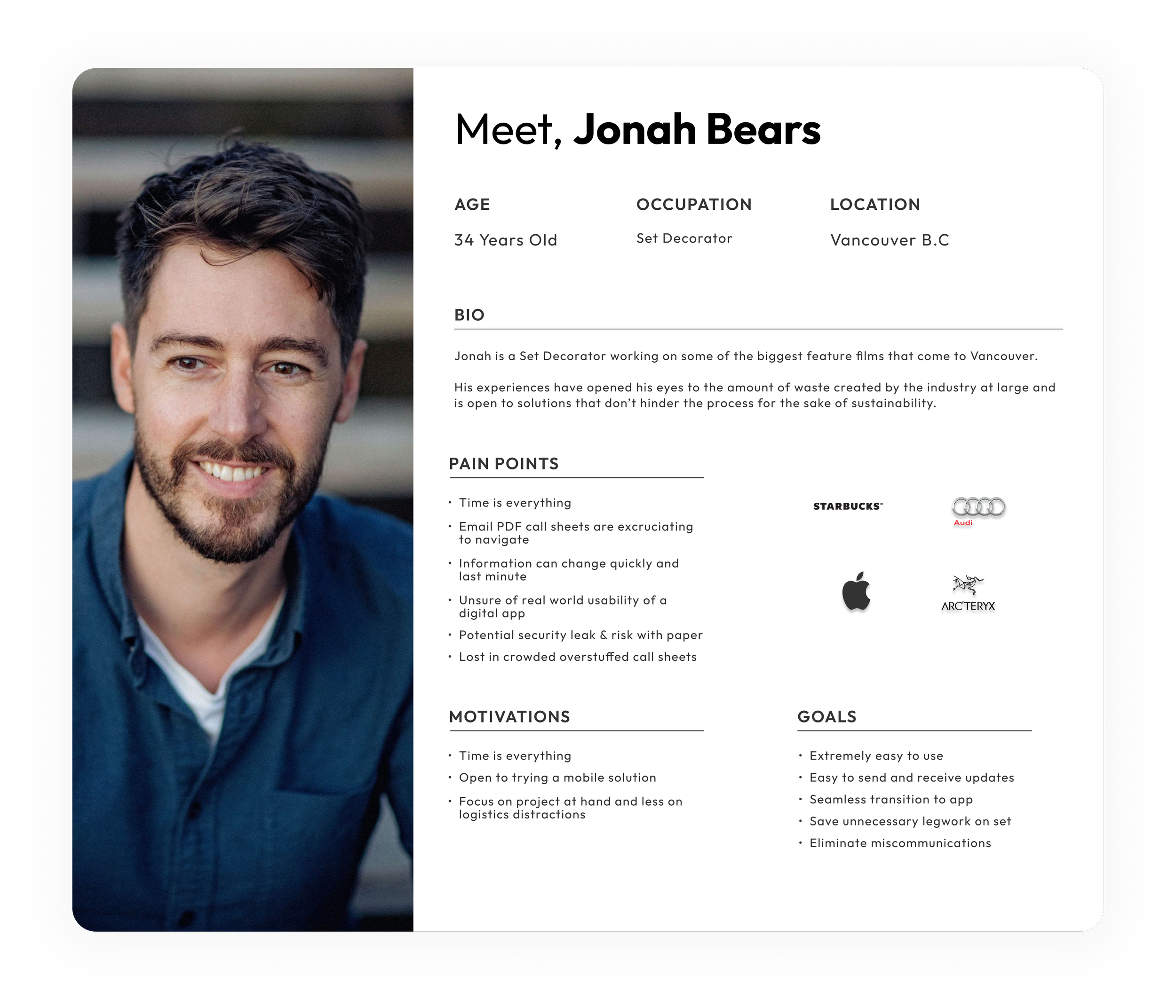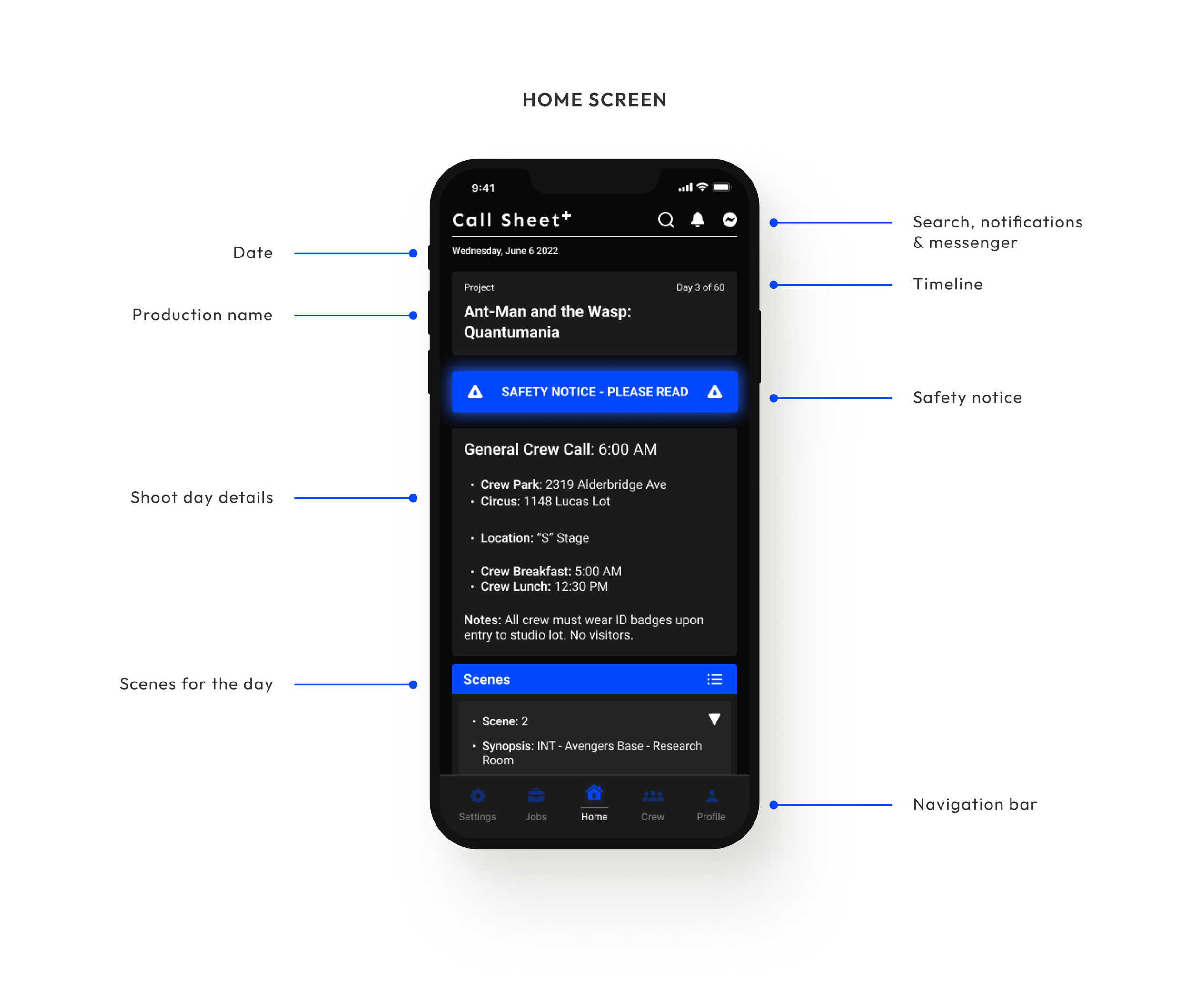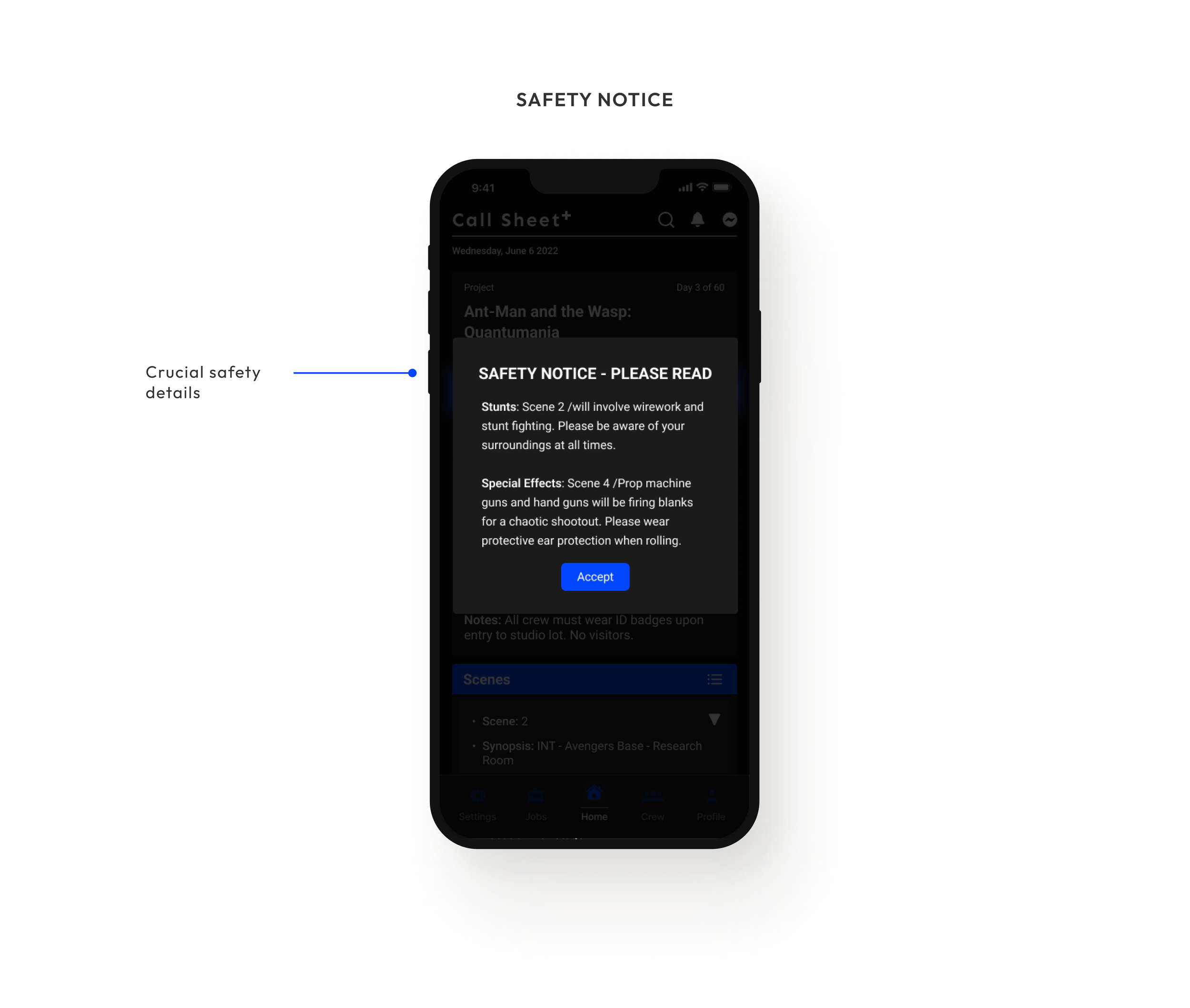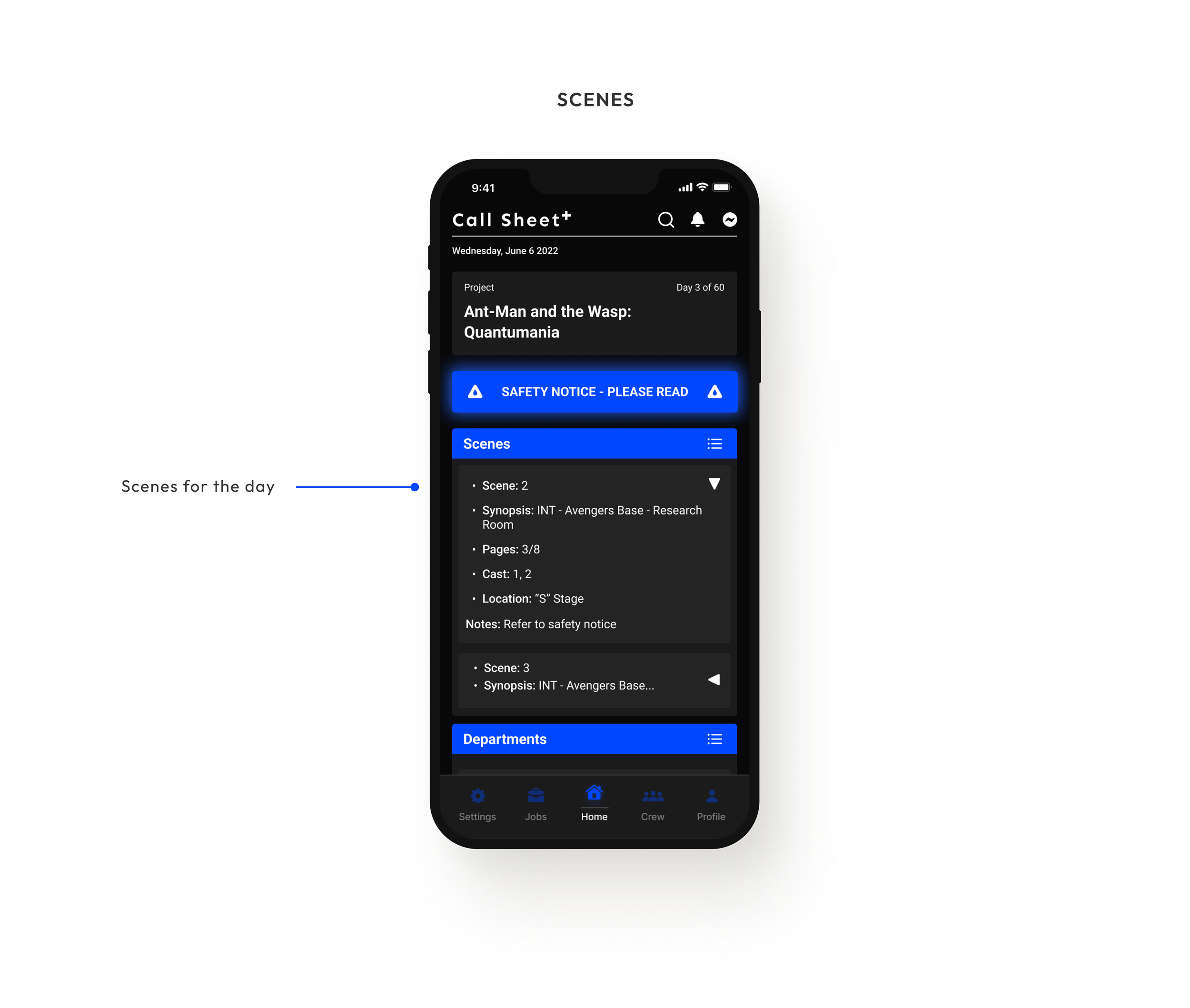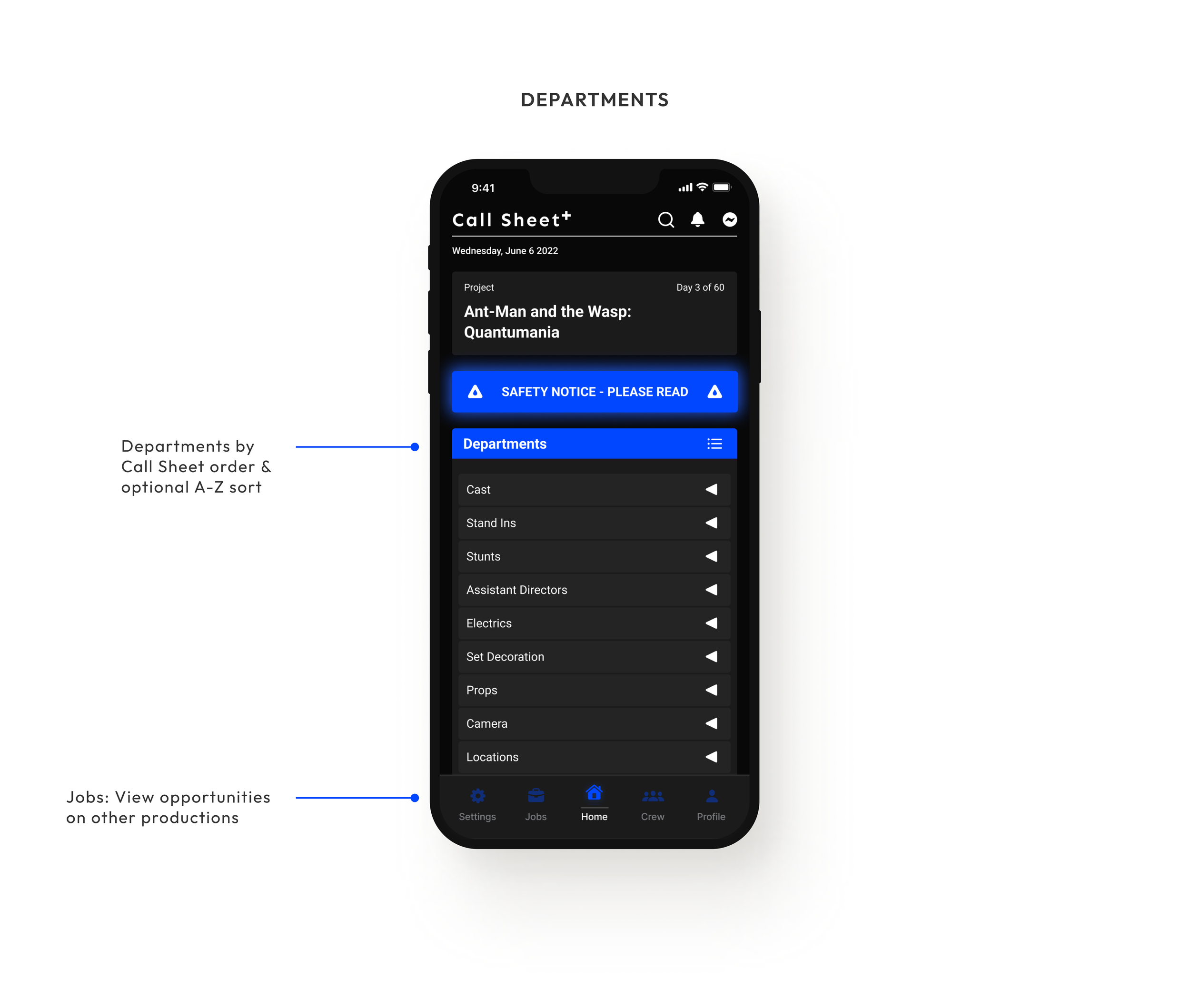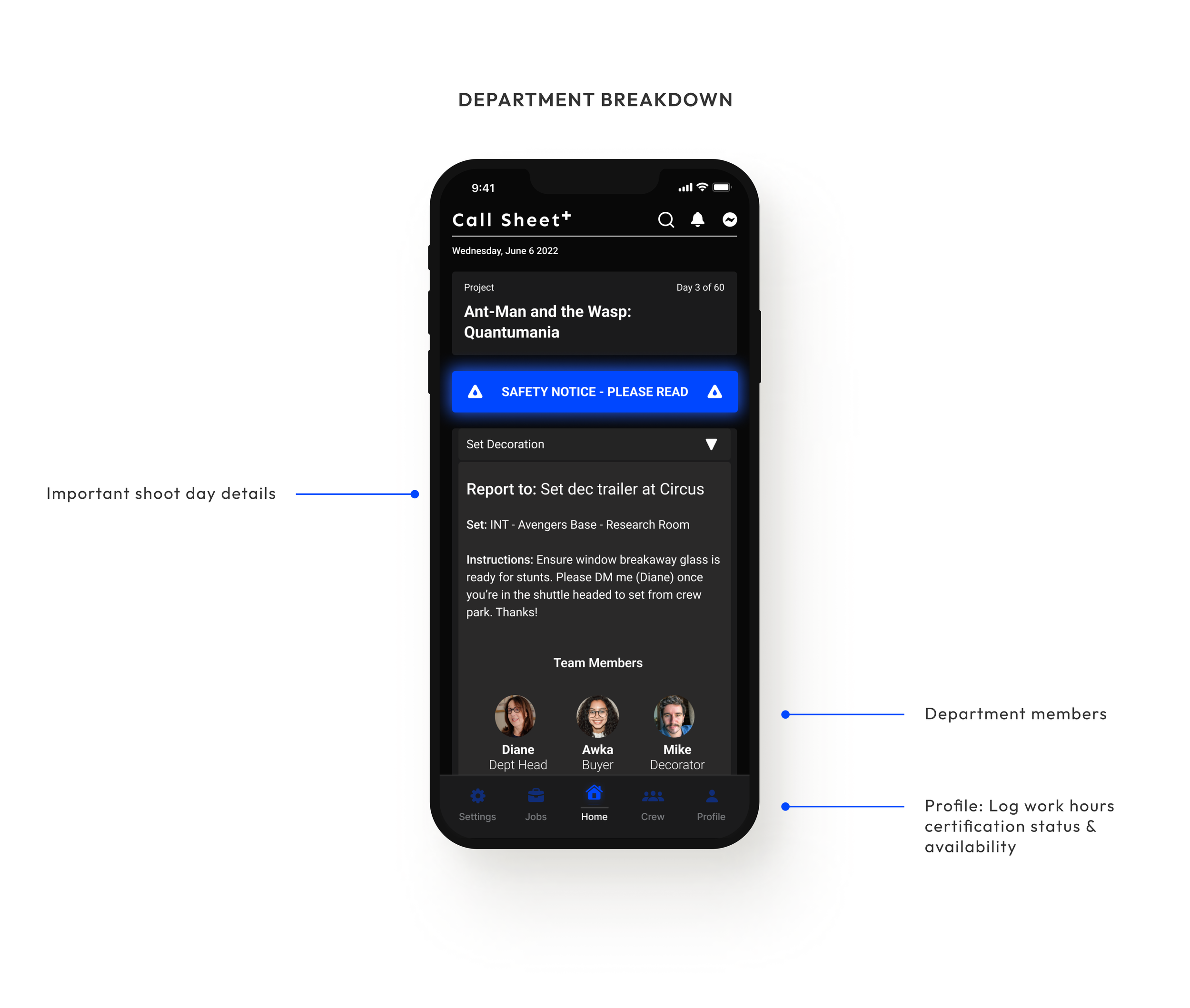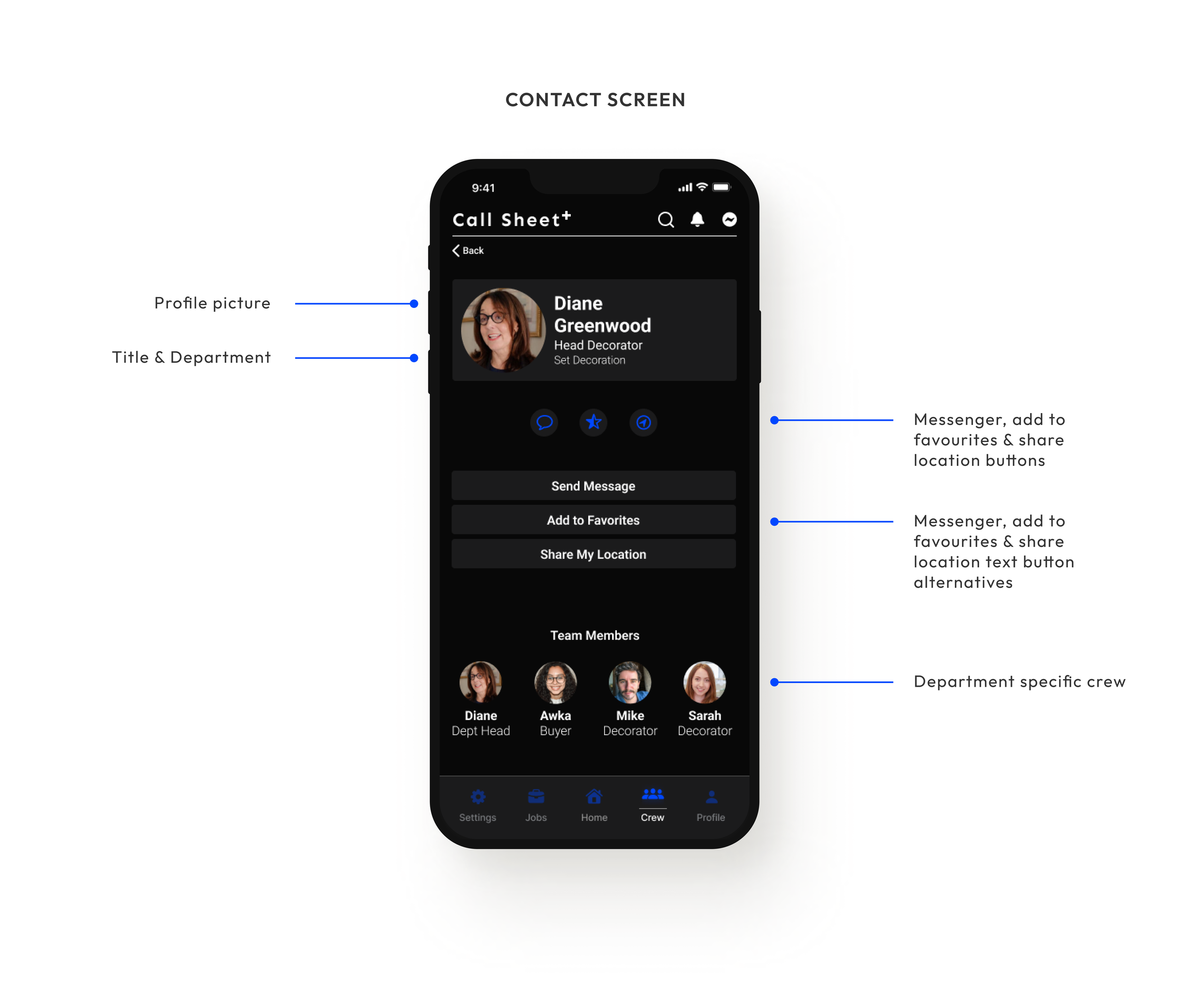Mobile Project & Schedule Management app
A mobile evolution to the traditional paper Call Sheet used in the film & television industry.
Client: Student Project at BrainStation
Sector: Film Industry, Design & Sustainability,
My Role: Sole UX designer from inception to completion
Platform: IOS Mobile
Project Time: 3 months
CALL SHEET PLUS is a digital evolution to the traditional paper Call Sheet used in the film and television industry. A viable project & schedule management tool tailored specifically to the business.
Built to save production money, optimize workflow and reduce paper waste. Fractionally reducing CO2 emissions created by the industry at large.
Competitive Analysis
The decision to create a digital solution for a Call Sheet was a clear calling.
Research revealed there were a handful of existing versions in the app store. However the further I explored them, it was apparent these were moderate, uninspired and lacklustre options that would never be considered by any real production with time and money at stake.
Their sat an enormous opportunity to design and create something unique, capable and utilitarian. Far beyond the information heavy paper call sheet and inadequate digital alternatives.
Opportunities
Save production time & money
A movie in the making has hundreds of moving parts. If changes happen, it’s imperative that everyone knows exactly what to do next. Waiting on a printer and several people to produce and distribute new information is
Reducing C02 emissions
Consider every film and television show you have ever encountered across every conceivable platform. An average multimillion dollar production employs 300 crew members on set. Everyday each person is provided with a Call Sheet, often involving several sheets of paper. As much as productions strive to operate efficiently, changes can occur, immediately making your information obsolete.
Challenges
Information overload
The Call Sheet used by the industry currently is often several pages. Crammed with crucial information for everyone on set to interpret and follow. Often varying between productions, lacking consistency and produced without a thought in regards to information hierarchy, accessibility or optimization.
Lack of acceptance
It all begins with an idea. Maybe you want to launch a business. Maybe you want to turn a hobby into something more. Or maybe you have a creative project to share with the world. Whatever it is, the way you tell your story online can make all the difference.
Interviews & Surveys
With the knowledge of Design Thinking, E-Learning and the image of sustainable education according to ESD and the Sustainable Development Goals (SDG‘s) I conducted interviews with pupils and teachers from the grades five to thirteen.
Goals
Which group constellation is preferred for the project work and why?
What is the willingness to become active within the meaning of the SDGs?
What support is desired from students and teachers?
To what extent are digital tools already being used for learning?
What about digitization at the respective school? What are the obstacles in school life?
Based on the responses received, I formulated questions for an online survey that was answered by 202 people (about 75% teachers, 25% students) within one day – of course this survey is not representative, especially if you still have the differences between younger and more experienced teachers and between the different age groups of students.
Findings from interviews and surveys
INTERVIEW INSIGHT #1
Students do not feel taken seriously
Students often do not feel taken seriously by teachers (and adults in general) and feel that they are unable to present their ideas to others.
INTERVIEW INSIGHT #2
Students do not feel taken seriously
Students often do not feel taken seriously by teachers (and adults in general) and feel that they are unable to present their ideas to others.
INTERVIEW INSIGHT #3
Students do not feel taken seriously
Students often do not feel taken seriously by teachers (and adults in general) and feel that they are unable to present their ideas to others.
Building empathy
Using the quantitative and qualitative data from interviews and survey results, I defined the three target group profiles Peter (Teacher, 55), Sarah (Student, 16) and Tobias (Student, 13) to better empathize with my main user groups and prioritize goals according to their needs.
Insert personas below***
The process
In order to visualize and make more tangible the individual steps that a user makes during the course and its possibilities, I have created a corresponding task model.
Customer Experience Map
A product-based journey map helped to better understand the course phases as well as the user and their experience in them. The originally planned syllabus was greatly adapted as there were unnecessary and unfavorable steps coming to light.
Information Architecture
Based on the insights gained from the initial content audits, competitor analyzes and Card Sorts with potential users, I defined the sitemap for TINIA and then evaluated it via tree tests with potential users.
Exploratory Sketches
With low-fidelity paper prototypes, the planned syllabus and the general structure of the application could easily be tested in usability tests. Without much effort, adjustments could be made before going into the much more costly digital implementation.
The UI & Visual Design
The visual design was developed by iterating from mood boards and styletiles to the UI kit and finally to creating a first version of the style guide.
My Conclusion & Learnings
-
It all begins with an idea. Maybe you want to launch a business. Maybe you want to turn a hobby into something more.
-
It all begins with an idea. Maybe you want to launch a business. Maybe you want to turn a hobby into something more.
-
It all begins with an idea. Maybe you want to launch a business. Maybe you want to turn a hobby into something more.

A UX Case Study
A viable digital solution to saving production costs and reducing CO2 emissions created by the film industry in a fractional way.
Scope
10 Weeks
Role
UX Designer
Platform
iOS
Problem Space
Blockbuster films with budgets that exceed 70 million dollars produce an average of 2,840 tons of C02 per production.
How Might We...
Reduce C02 emissions created by the film and television industry to save productions money and pivot towards a more sustainable future.
The Call Sheet was the ideal candidate to implement big impactful UX changes.
What is a Call Sheet?
A Call Sheet is a multiple page paper document comprised of everything you need to know for the days work.
The Process
Empathize
Define
Ideate
Prototype
Test
Research
Findings
Impacts of Paper Production
“Scientists estimate that 23% percent of man-made carbon dioxide emissions are the result of loss of forrest”
“This is more than the amount created by all the cars and lorries on our roads, estimated at 14% by the World Car Free Network”
“When humans cut down trees, not only are we we destroying our best ally in the fight against climate change, we are also adding C02 directly into the atmosphere.”
Persona
“Listen, I get it.
We need to shift towards a sustainable future, but day to day, working on set, time is money, and the solution can’t be clunky and has to be seamless” - Jonah
Exploratory Sketches
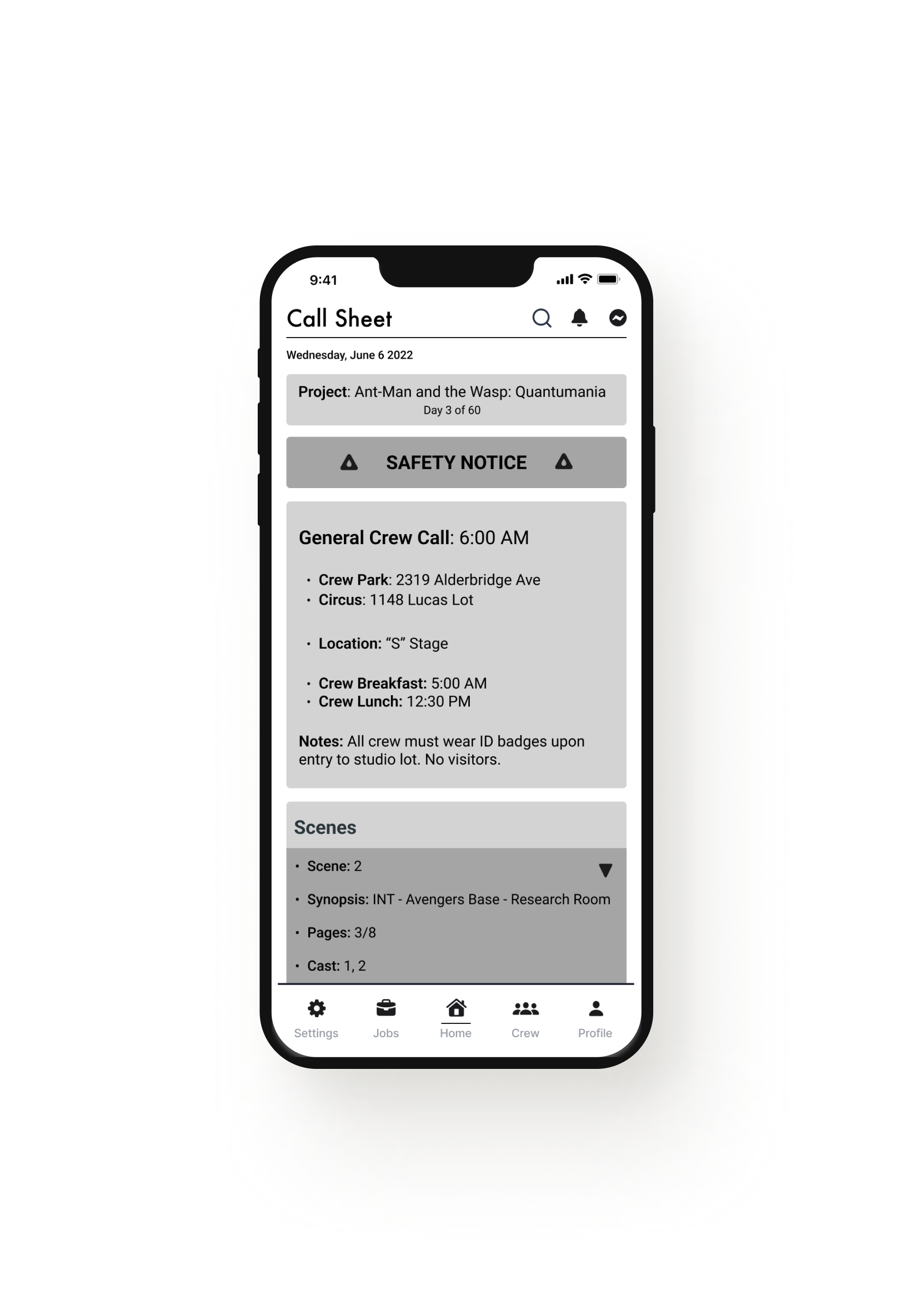
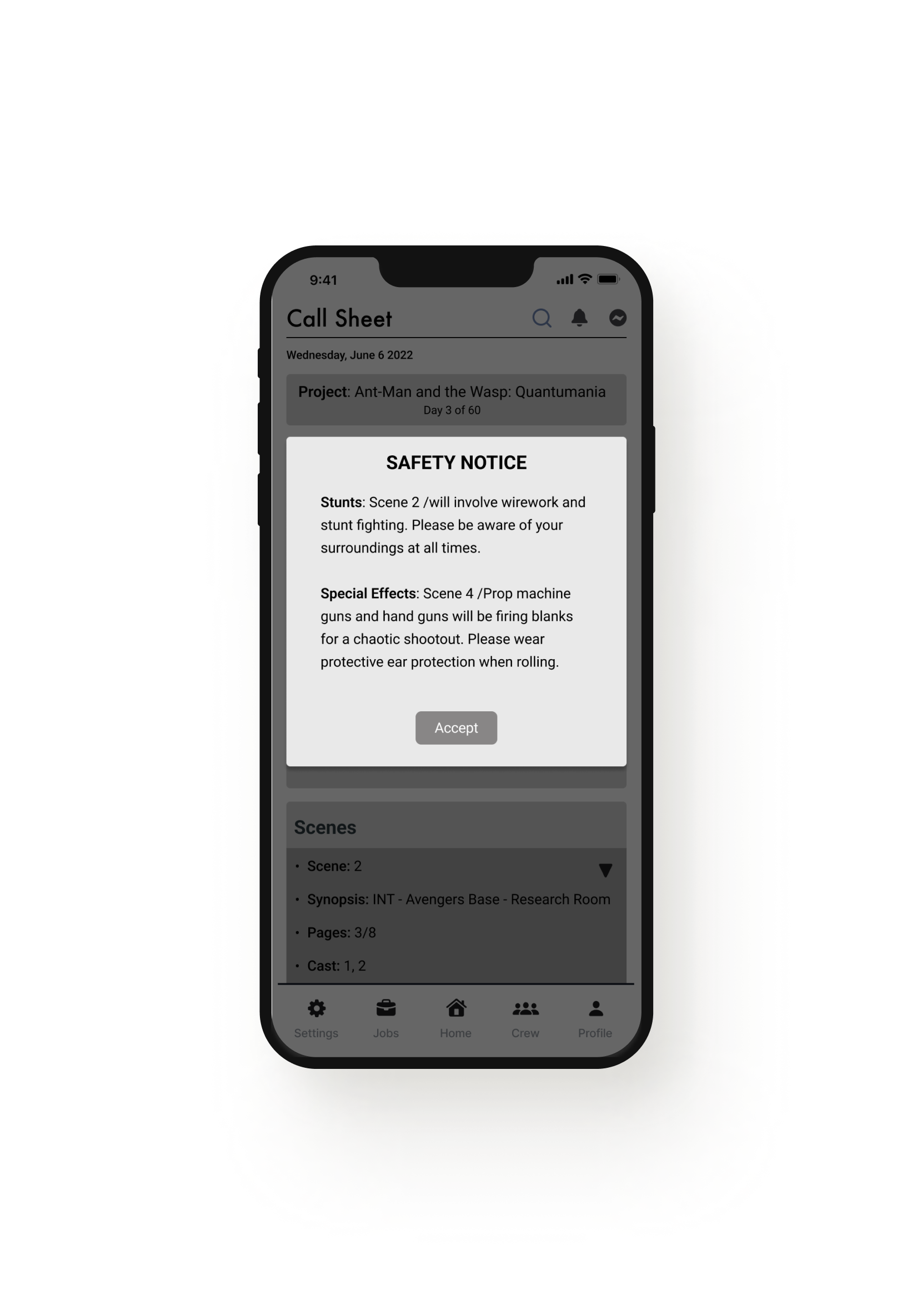

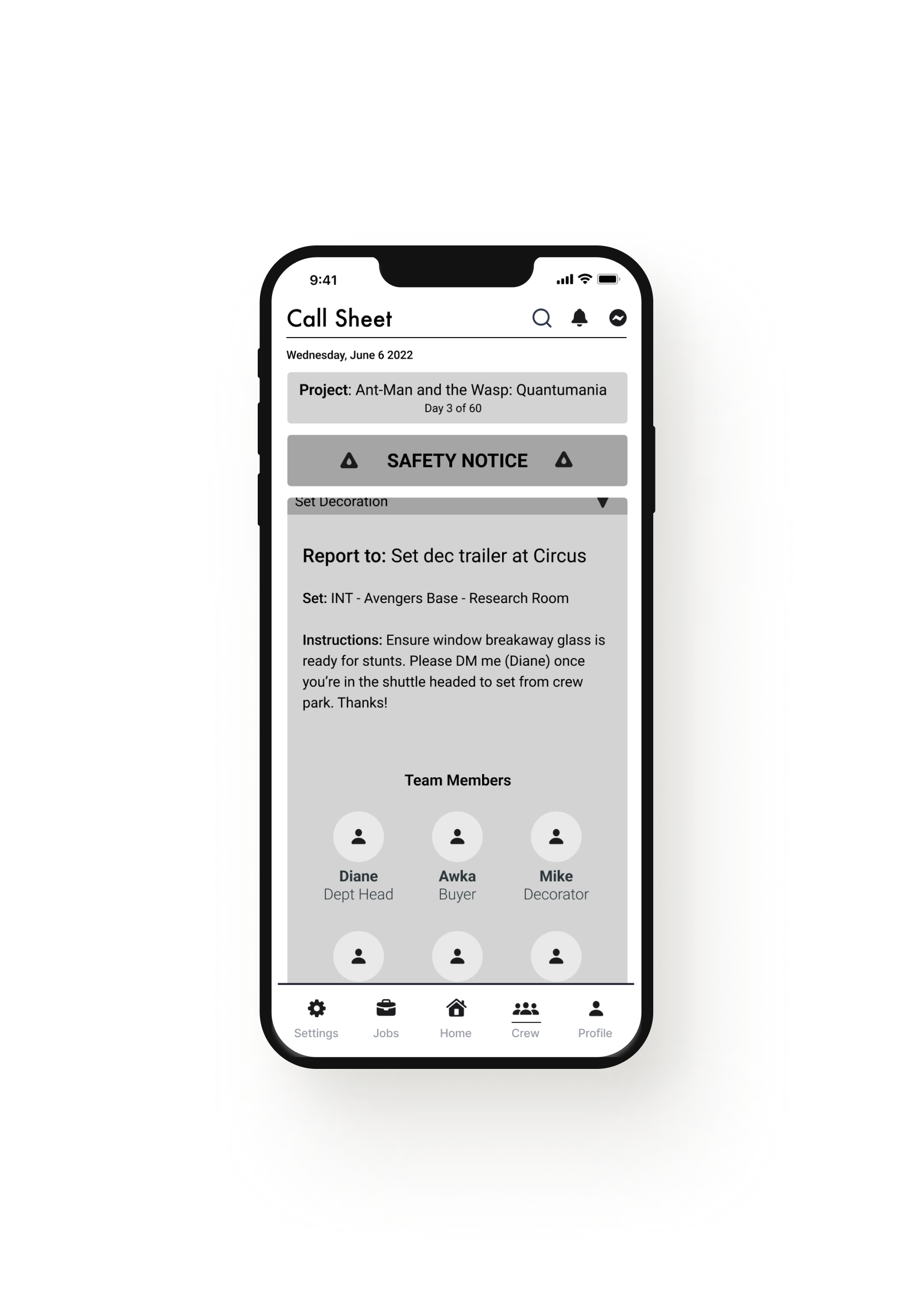
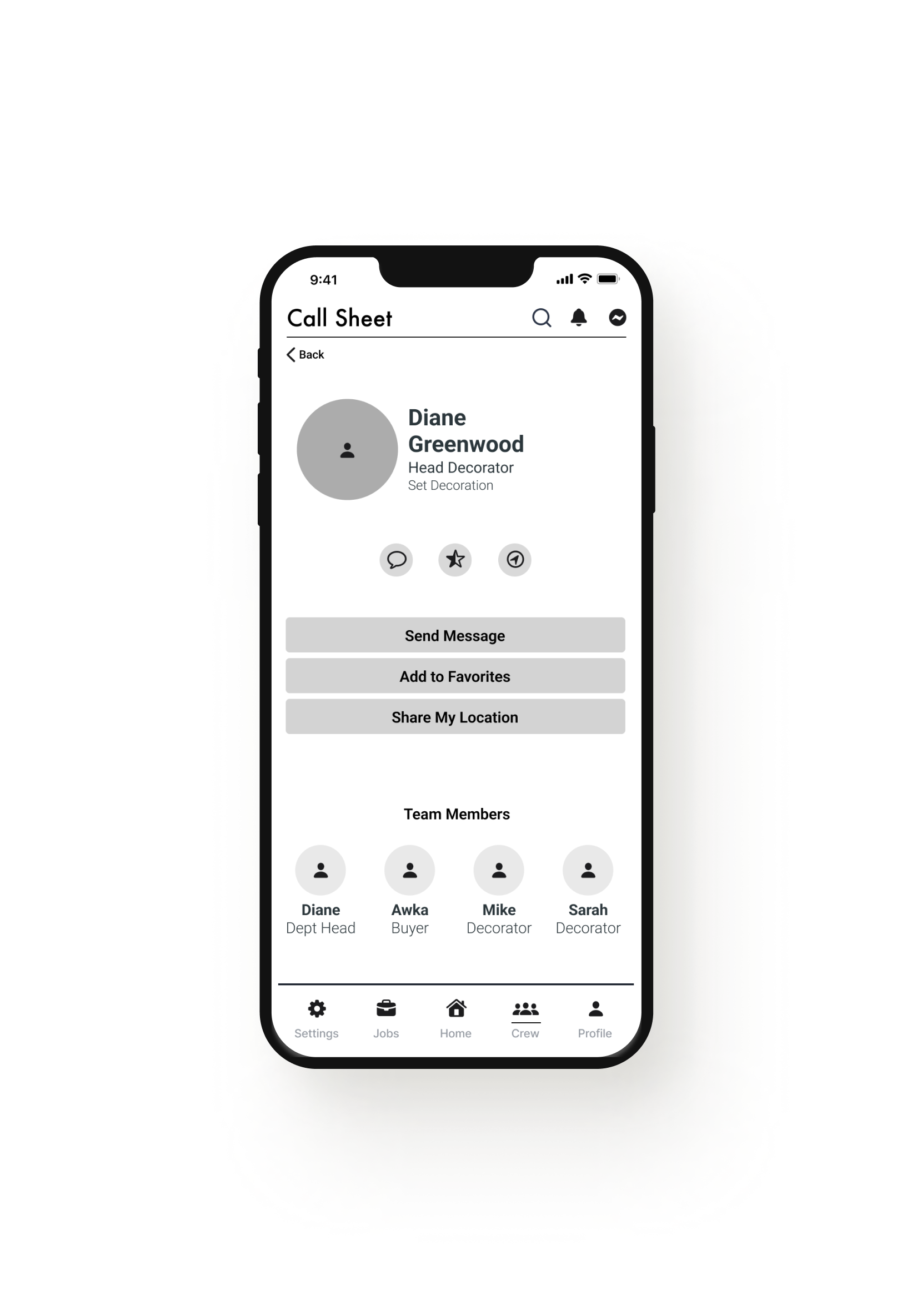

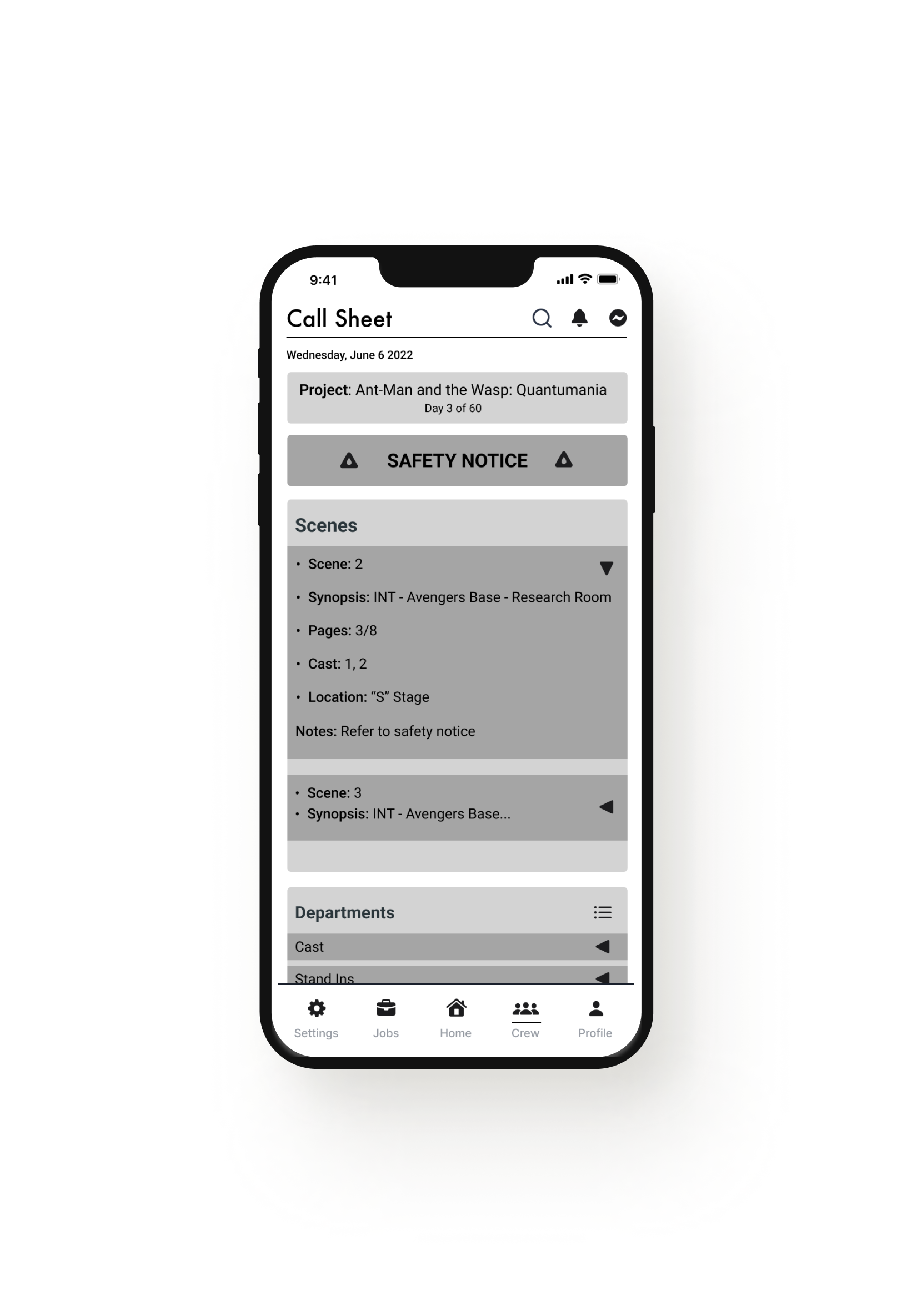
Prototypes
If this app was a person, they would be direct and to the point. Agile when called upon and very much a type A personality. Hyper organized, with clear and precise communicative skills.
Screens
“If You Build It, They Will Come”
Branding & Marketing
Next Steps
Design and prototype other conceptual features
Pursue additional Interviewees for further research and user testing




